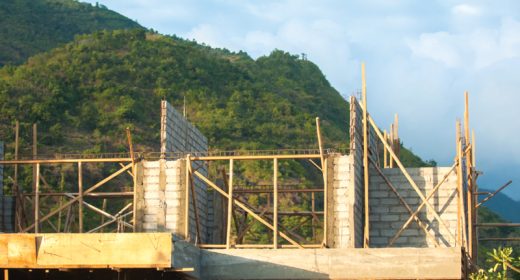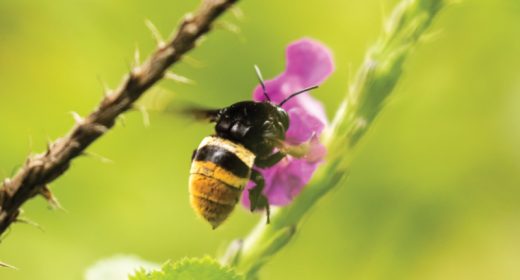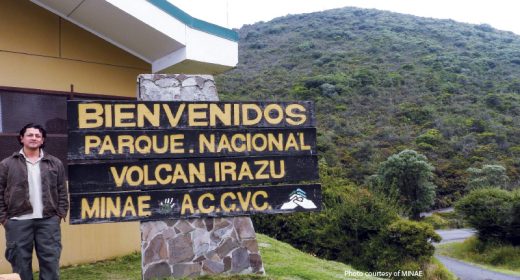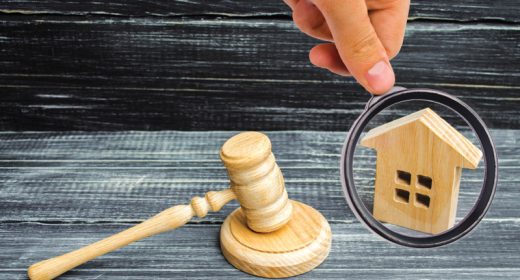
Building CR – Going with the Flow, Rain Runoff and Erosion
- JUL 04, 2017Warning: count(): Parameter must be an array or an object that implements Countable in /home/howlermag/public_html/old/wp-content/themes/new-paper/includes/general.php on line 193
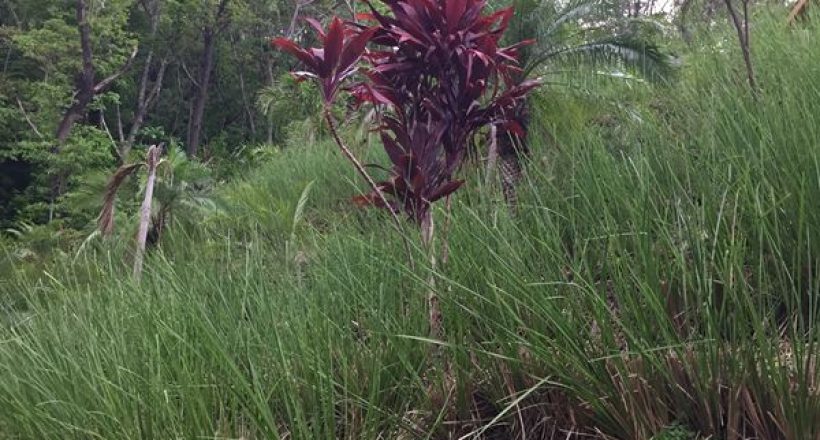
Your Lead Paragrpah goes here
[vc_row full_width=”full_width”][vc_column][vc_column_text]Protecting both your property and the environment from the ravages of storm season brings to bear some special challenges and solutions. An article in the May-Jun Howler discussed various ways to minimize the environmental impact when building in Costa Rica. Green considerations take on added importance when it comes to the Guanacaste region’s extreme contrasts in rainfall patterns. For half the year we can expect little to no rainfall, having minimal impact on our properties. The other half of the year normally brings random events of thunderstorms, torrential downpours and flooding. A single storm can cause massive damage to roads, erosion of hillsides and flooding in low areas, unless certain preventive measures are taken.
Contrary to popular belief about trying to eliminate water from our properties as fast as possible, the opposite control method – slowing the flow of moving water – is typically more effective. Naturally slowing the flow of rainwater runoff is best done with the use of vetiver grass or bamboo.
[/vc_column_text][/vc_column][/vc_row][vc_row full_width=”full_width”][vc_column][vc_column_text]Fellow Howler contributor Tom Peifer has written previously about vetiver, having been influential in the miracle grass’s use in Guanacaste for erosion control. The principle is simple: vetiver is a tenacious, drought resistant grass with a massive root system. When planted in rows on a terraced hillside, the grass not only holds the earth together with its roots, but slows the flow of water runoff down the hill with its strong and stocky foliage.
In the same way, vetiver grass offers a natural, two-fold solution to erosion problems. First, by allowing water to soak into the ground, it’s a means of replenishing our water table so water is available in our watershed and home environments. Second, it can help catch loose materials incorporated with runoff water, thus keeping mud, dirt and debris from collecting in our roads, streams and rivers.
Bamboo offers another great way to shore up hillsides against erosion, and better still, to control the flow of water in stream beds. It also acts as a natural dam to slow down running water and at the same time collect material being washed away with the rains. Not only is bamboo beautiful, but also drought resistant. Poles made from the mature bamboo plant can be used for many do-it-yourself projects around the home.[/vc_column_text][/vc_column][/vc_row][vc_row full_width=”full_width”][vc_column width=”1/3″][vc_gallery type=”image_grid” images=”3225″ img_size=”full”][/vc_column][vc_column width=”2/3″][vc_column_text]Both vetiver grass and bamboo are cheap and easy ways to mitigate erosion and at the same time help optimize watershed levels. If there’s any downside, it’s that a construction company owner won’t tend to make much money from such building projects. The alternative no doubt preferred by most engineering firms would be to put up a massive retaining wall. However, the only time retention walls are truly needed is when a slope grade is steeper than 45 degrees. In that instance, you are well advised to consider a wall instead of soil strengthening to prevent erosion.
Retaining walls serve the dual purpose of preventing a hillside from erosion, while at the same time support the heavy loads of earth and construction above. The different types of retaining walls include cantilevered, gravity, soil nailed, soil strengthened, anchored and bored pile. Which type of wall to use depends on factors such as load bearing capacity, soil type, depth of bedrock for foundations, and the grade of the hillside to be retained.
[/vc_column_text][/vc_column][/vc_row][vc_row full_width=”full_width”][vc_column][vc_column_text]I have a preference for the use of terraced walls, which break up a single wall into various walls of different heights and spacing. Though tending to be more expensive than a single wall, terraced walls look much better and allow for plantings in between. They also share an environmental attribute with vetiver and bamboo by helping with the absorption of water into the earth.
As the principal cause of erosion, rainwater can also cause damage coming off your roof if left unchecked. Or, It can be reused if you invest in a water collection and storage system for your home. With large capacity storage tanks, you can make the water collected during the rainy season last for months into the dry season. If it’s not possible to invest in such a system, the best option is to send the rain water away from your home to an area where hillside erosion will be minimal.
[/vc_column_text][/vc_column][/vc_row]


